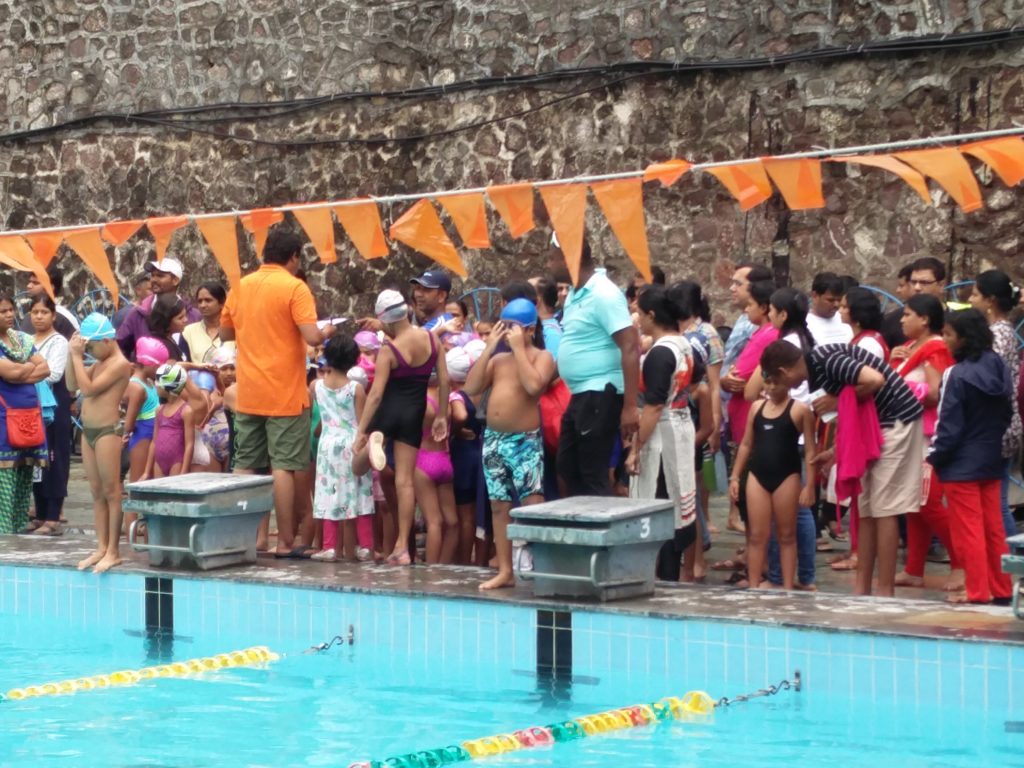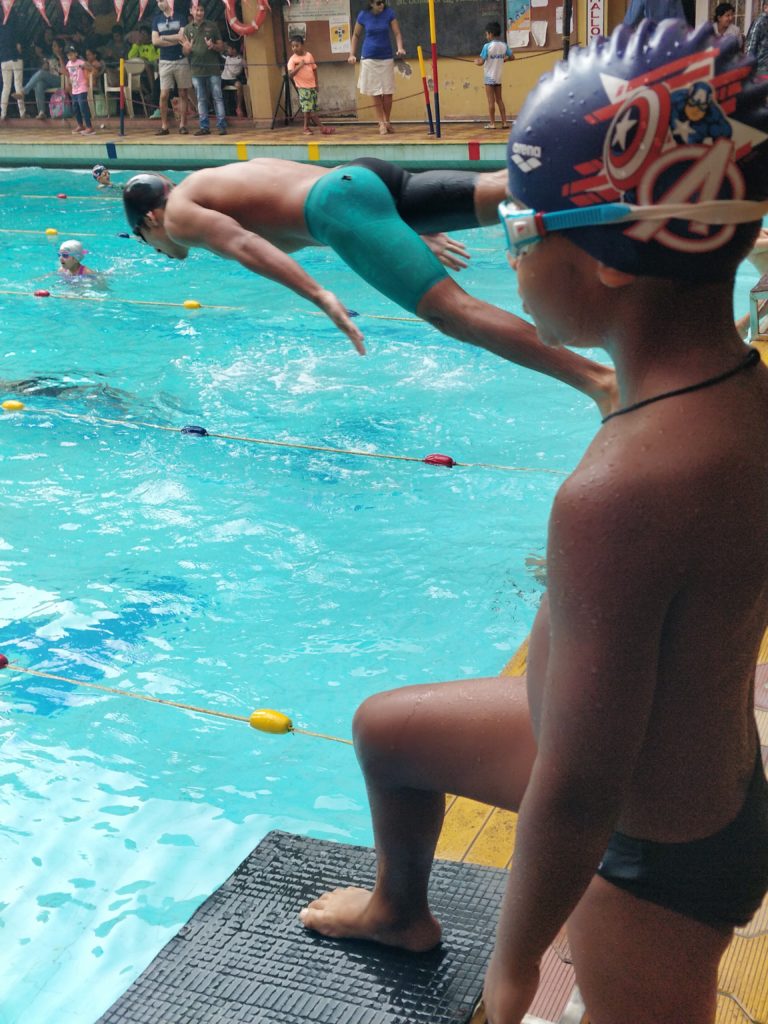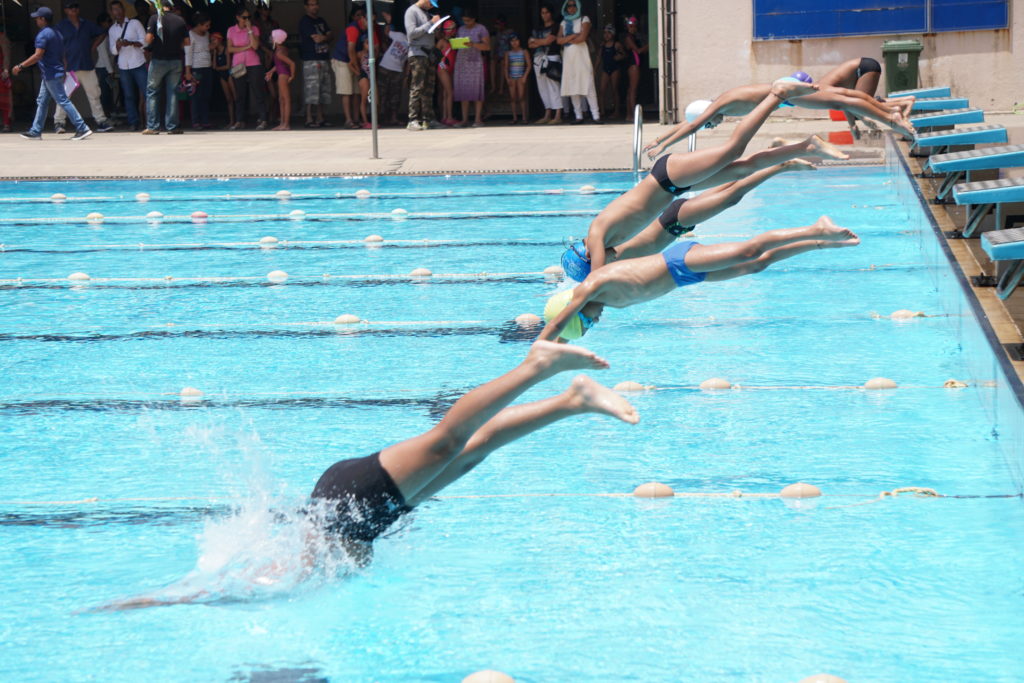Being a swimmer in India is a tough thing. Much tougher than other being a sportsperson in any other sports. Besides the obvious comparison, of how other sports like cricket, badminton or for that matter even Kabaddi are given more preference, and so on; there is much more that an Indian swimmer has to battle with on a day-to-day basis. And it is not just infrastructure, the lack of good pools or great coaches or financial support, it is the apathy of the government and the sports bodies.
The sad fact is that to be a competitive swimmer in India; in addition to oodles of talent, perseverance, fortitude, an individual also requires something as unfathomable as luck or divine benevolence. Because not only are the swimmers spending hours daily trying to scrape off 0.02 microsecond of their best times, but also to dance to the tunes of associations and swimming bodies that function in manner that can be at best described as whimsical.
Take the latest instance of how the Swimming Federation of India (SFI), the premier governing body for swimming in India has delivered a body-blow to junior swimmers. Every year, swimmers across the country compete first at district-levels and then state to be able to qualify for the National (Junior & Sub-Junior) competitions. Thousands of swimmers practice the hardest as
Given the fact that one sees the maximum numbers at junior levels; shouldn’t the SFI do more to promote it. To find new talent, raw talent and nurture it to greatness?

For the past couple of years, there have been talks of how the SFI wants to merge these 4 age-groups into 3. The reasoning, apparently, is ease of conducting the competitions. The objective apparently is to make things easy for the babus

The saddest thing about the recategorization is the sheer timing. With just a few months to go before the state and national events, SFI has brought in this change. Months of preparation by the swimmers has been undone simply by a simple notification. Experts argue, even if the change had to be brought, it should have been done in a manner that does not hurt swimmers and gives them adequate notice. The best time would have been at the end of the competition, announcing a roadmap. Not an ad hoc one like.
Sadly, that does not seem to be an important aspect for the sports body that overlooks swimming in India. Even the biggest corporate sponsor of swimming in India Glenmark, seems to in agreement with this move. The Glenmark Aquatics Foundation shared a notification in this regard on their FB Wall.
But why such hue-and-cry over an age group rejig? Does it really matter?
Unlike in other sports, age categorization is a big thing in swimming. For decades, experts across the globe have debated the best methodology to match young swimming aspirants in a manner which is fair and just. Chronological age is the favored approach across the globe. Typically, the grouping is of 2 age-groups, say 9-10, 11-12, 13-14, and so on. This is the methodology that is followed across the globe, be it the US, Australia or even in China. In fact, many countries like Singapore have moved to a single age categorization. Thus a 10-year-old swimmer will only compete against a 10-year-old and so on.
The reasoning for this is simple. Finding young talent and then nurturing them to greatness is the only way to success. Great swimmers from the likes of Michael Phelps to Ian Thorpe have usually started early and made it big. Shouldn’t we then also be looking at the same mechanism? Creating programs wherein good talent could be discovered at 10, 11, 12, 13, rather than clubbing them into a 3-year group, reducing the bench-strength.

Swimming as a sports accounts for the maximum number of medals in the Olympic. At the upcoming Tokyo Olympic Games, aquatic sports account for 49 Gold medals, the maximum amongst all sports. Forget winning a medal at the Olympics, Indian swimmers are barely able to qualify for the event itself. The woe-full state of Indian swimming can be gauged by the fact that we could not garner even a single medal in the Asian Games events, whereas China and Japan bagged over 50. In fact, forget China or Japan, even Vietnam, and Kazakhstan won a handful of medals. Now, if we are not able to shine at Asian level, what chance do we have on a global level, where you have countries like the US, Australia, France, Russia, the UK, bringing their best breed.
Today there are just dozen-odd good swimmers in India, who have the capability of making it to international podiums. Imagine, just 10 in a Billion. But instead of widening the talent-pool, bringing more youngsters into the sports, discovering and celebrating raw talent, the dice is loaded against the swimmers.
Little wonder then that a country of 1.2 Billion is unable to produce even a single medal winner in aquatic sports at the Olympics? Now, this is a question that bodies like SFI need to address. But then whose bothered anyways….
